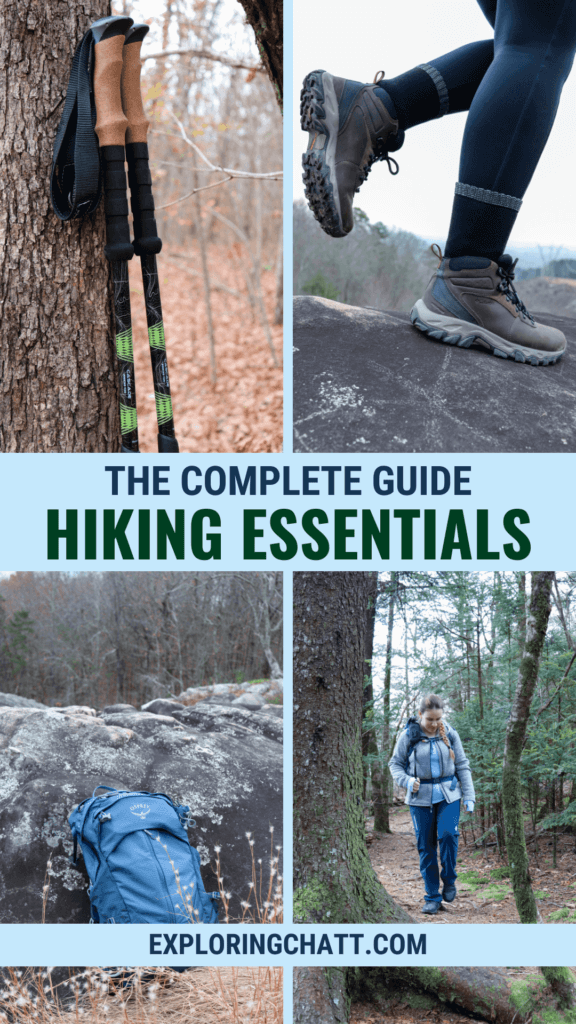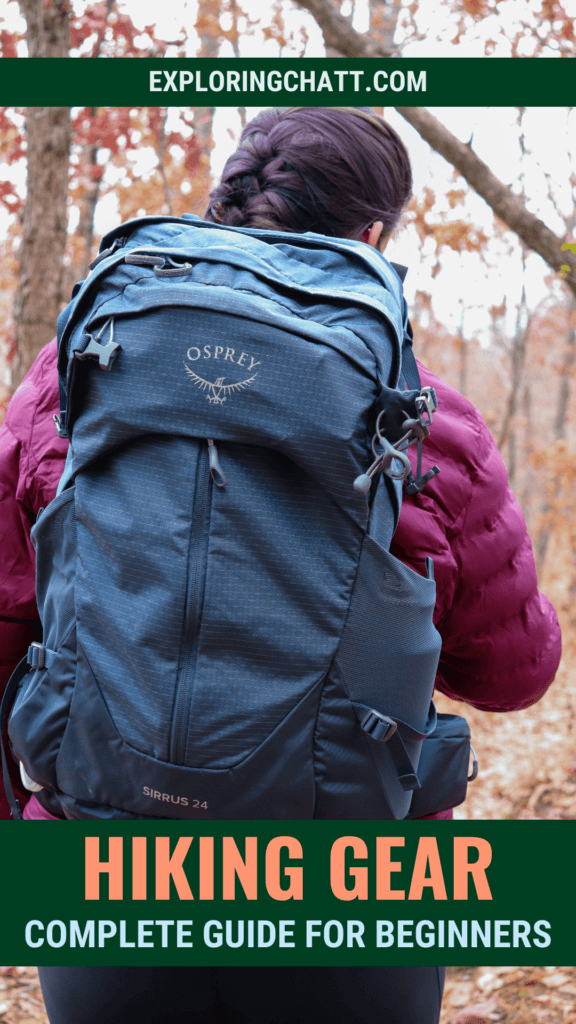Everything you need to properly pack for a hike so you can confidently hike a trail in the Chattanooga area.
Disclaimer: This post contains affiliate links. That means that I may receive a commission from the products I’ve linked below if you purchase any, at no extra cost to you. I have shared these links because I truly love these products and believe you will too. Thank you for your support!
Hiking may seem daunting especially if you don’t know what to pack for a hike. Whether you’re a beginner hiker or just new to this part of the country, I can help you out. I’ve done a lot of hiking in the last ten years and have learned the necessities of what hiking gear you actually need to invest in and what items are not worth your money. Continue reading to prepare yourself for a short day hike and how to pack accordingly.
In a hurry? Pin this post for later:
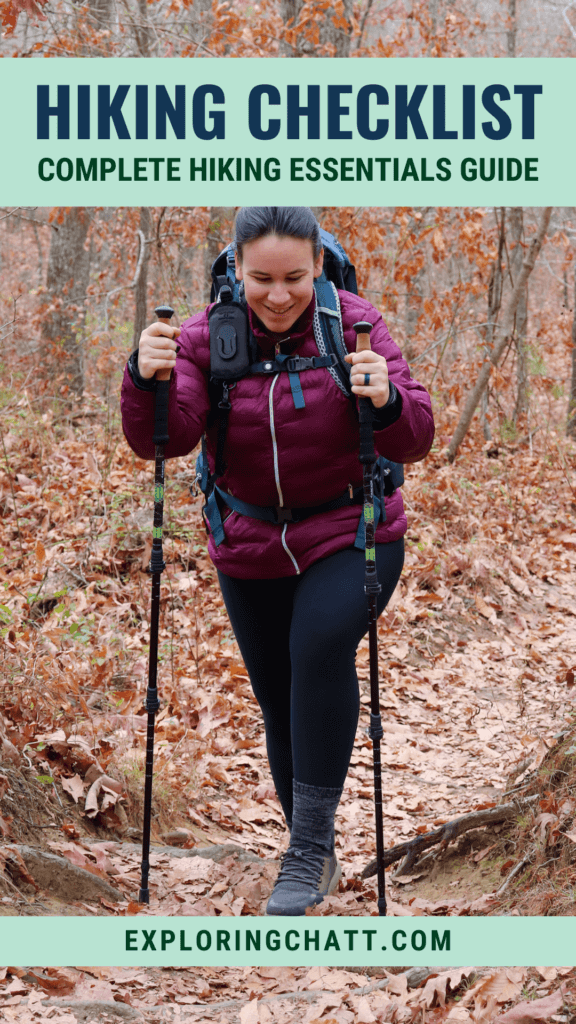
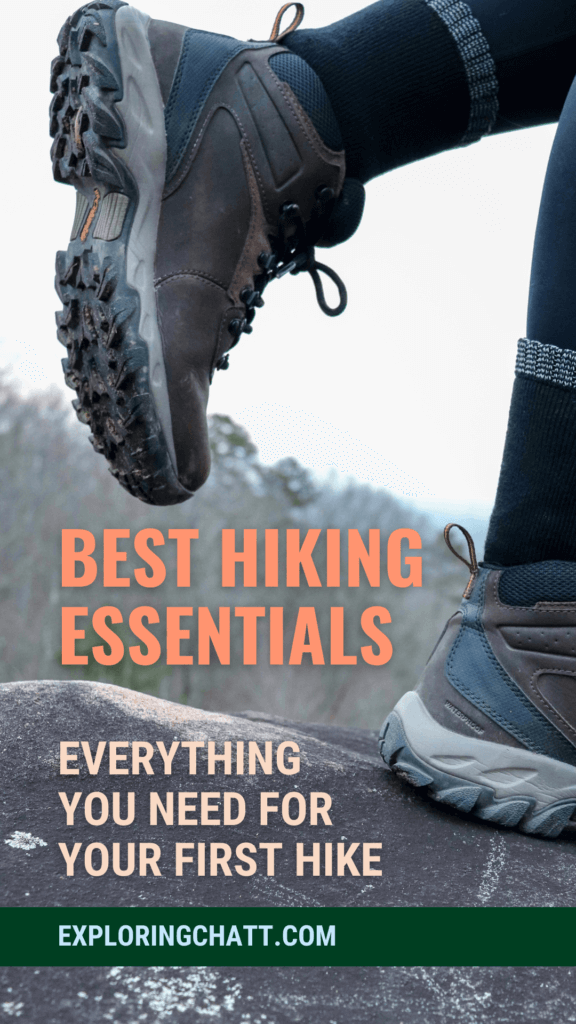

Need an essential hiking gear checklist?
Get my FREE Hiking Checklist and never forget to pack something for a hike again!
How to Pack for a Hike: Backpack
Let’s start by packing your backpack for a hike. This is what you’ll take with you on the actual hike so you need to make sure you have all the hiking essentials.
The Best Day Pack
Of course, before you can pack your backpack, you need an actual backpack to pack! For short day hikes, it’s best to invest in a day pack. Now, you may be thinking, “But Amanda, I already have a backpack that can hold everything I possibly need. Why would I have to buy another backpack?” Well, your typical backpack is not suited for hiking all day. Even just a few hours of hiking with a standard backpack will leave your back aching and your shoulders sore. Believe me, I’ve been there, done that. I tried for years to get away with what I already owned. But finally I gave in and invested in a good day pack. And let me tell you, it’s been worth every penny. Not only does it provide the support I need to hike all day without back and shoulder issues, it also nicely organizes my hiking essentials and perfectly holds my water reservoir. (Another hiking necessity. I’ll explain more later.)
I’ve tried smaller and cheaper day packs that are good for short hikes (think less than 3 miles round trip) but if you’re going to be out all day or hiking further than that, I highly recommend an Osprey Day Pack. They come in all sizes and styles so you can find one that best fits your needs. I currently have the Sirrus 24 (which stands for 24 liter capacity) and it’s the perfect size for me. It’s adjustable so it will always be comfortable and it has plenty of room for all my stuff. Since I film and take photos while hiking, I need room for a tripod, extra camera lens, and things like that. This day pack has all the space I need for my gear, room for shedding layers (because sometimes you start a hike wearing a jacket and then quickly need somewhere to stash it when you get hot), plenty of snacks and water, and more. It even comes with a built in rain cover so your stuff will stay dry if the sky decides to start crying mid-hike. And if this day pack sounds too big for you, Osprey makes plenty of other sizes so you can find a day pack that suits your needs.
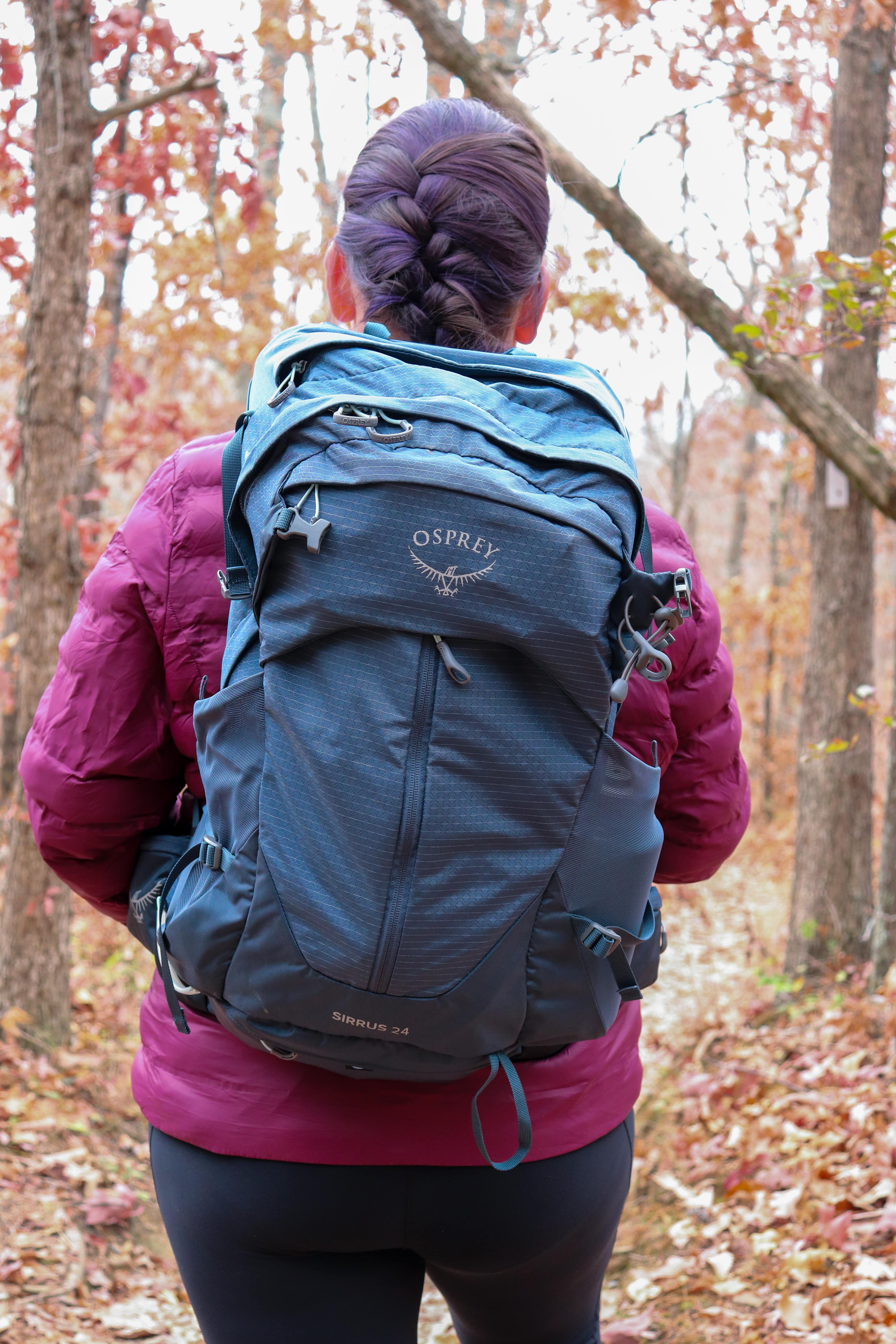
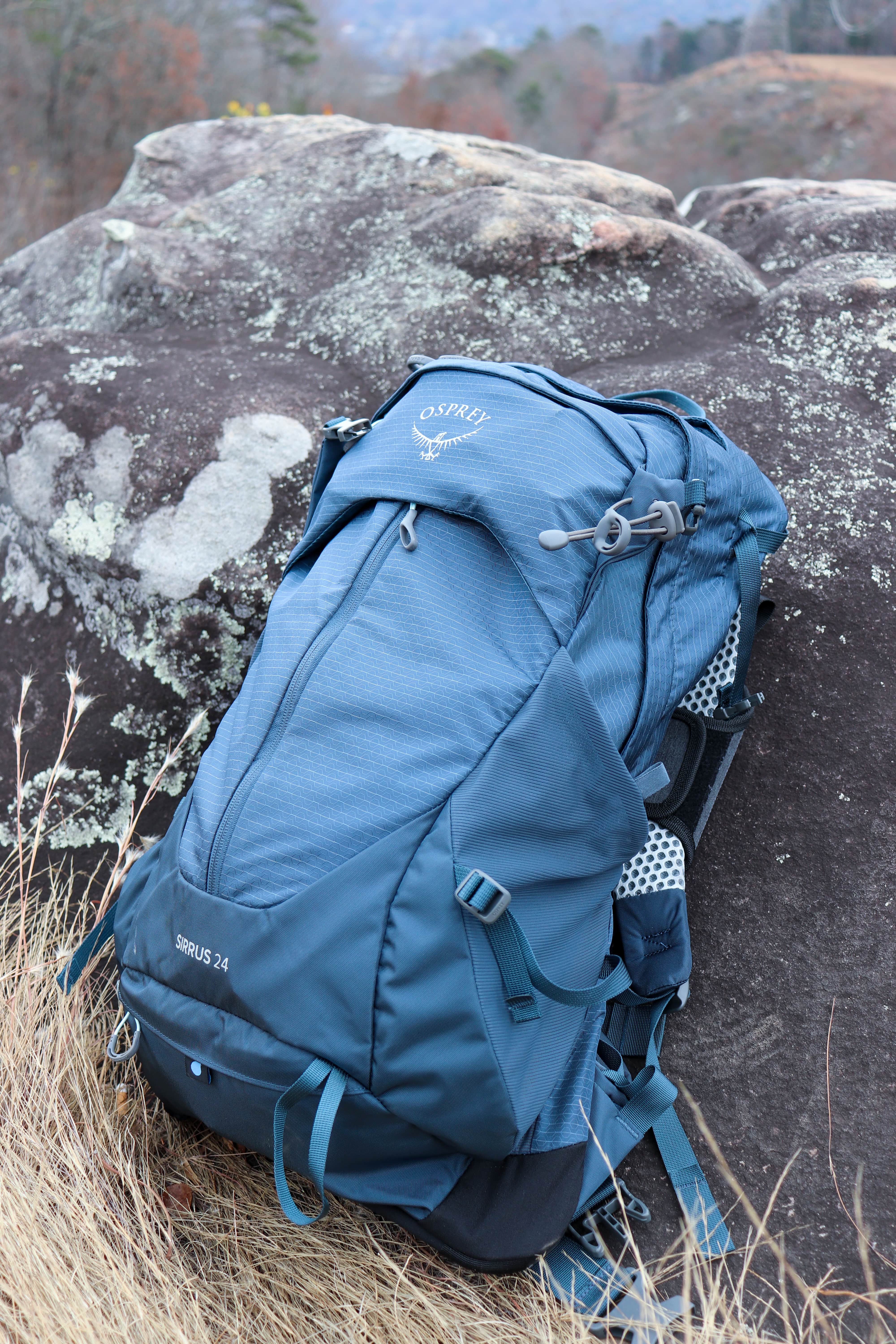
The Best Water Reservoir
Another key component to having a great hike is…water. As I hinted at earlier, a water reservoir changes everything. This is another hiking necessity that I avoided for a long time. Because I drink a ton of water, especially while hiking, and the thought of slowly sipping it through a tube didn’t sound efficient. Not to mention, keeping the thing clean and free of bacteria and mildew sounded like even more of a nightmare. But one day, I caved and bought one. And let me tell you, it was one of the best things I’ve ever purchased. (I mean, I labeled it as my best purchase of 2021 in my YouTube video where I used it mountain biking.)
Turns out, sipping water more consistently is better than chugging it in shorter intervals. And, keeping it clean is easier than you think. You can purchase this affordable cleaning kit that comes with all the tools you need to wash your water reservoir. And the best hack of all, keep your freshly cleaned water reservoir in the freezer. This prevents it from mildewing (because it’s nearly impossible to completely dry out), and is the perfect place to store it while not in use.
Personally, I use the Osprey 3 Liter Hydraulics Water Reservoir. Like I said, I drink a ton of water and this is the biggest one they make. You can get a smaller size if you prefer. In fact, a lot of people suggest going smaller to save on weight. Water will be the heaviest item you are carrying with you on your hike, so this is definitely something to consider. If you’re unsure what size you should get (because this is another investment piece you’ll want to be satisfied with), I suggest going on a few hikes first with just water bottles.
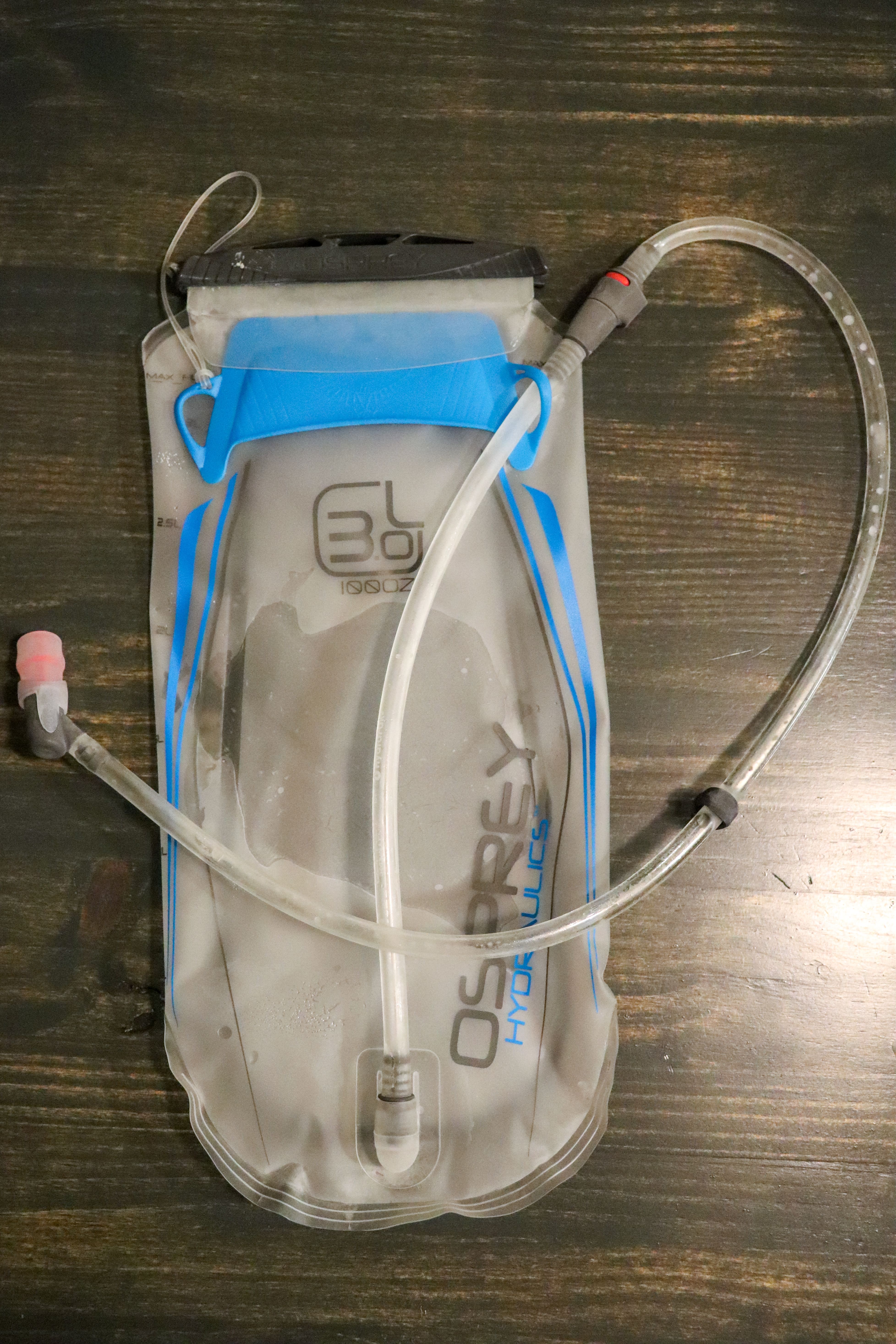
The Best Water Bottle
My favorite water bottle to hike with is Nalgene because they’re light on their own, hold a high capacity of water, and are pretty much indestructible (a necessity if you’re clumsy like me). Grab a few Nalgene bottles and take them on your hikes. See how much you end up drinking, and then you’ll have a good idea about which size of water reservoir to purchase. Also keep in mind, you’ll drink a lot more water in the hot and humid months while hiking than you will in the colder and drier months.
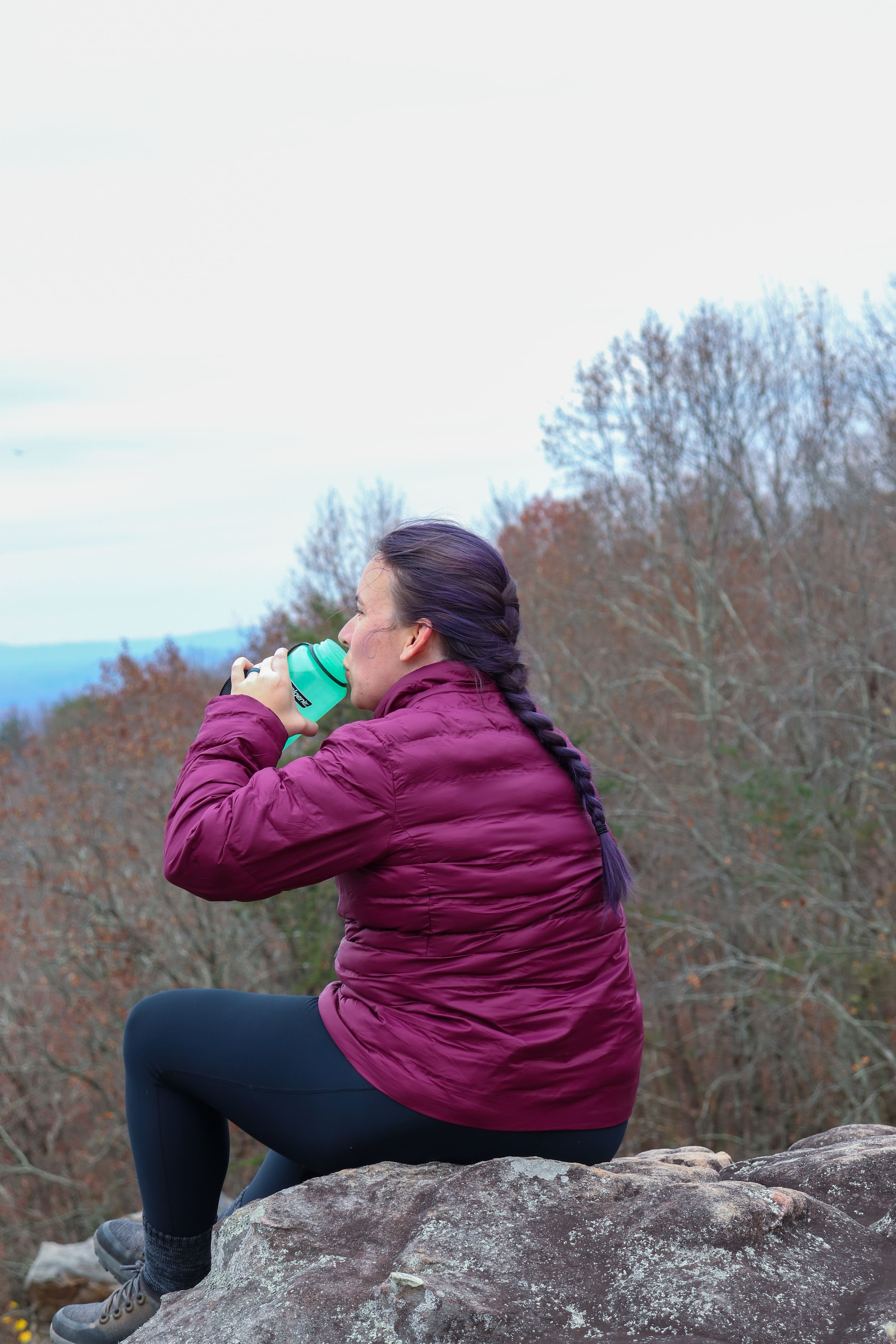
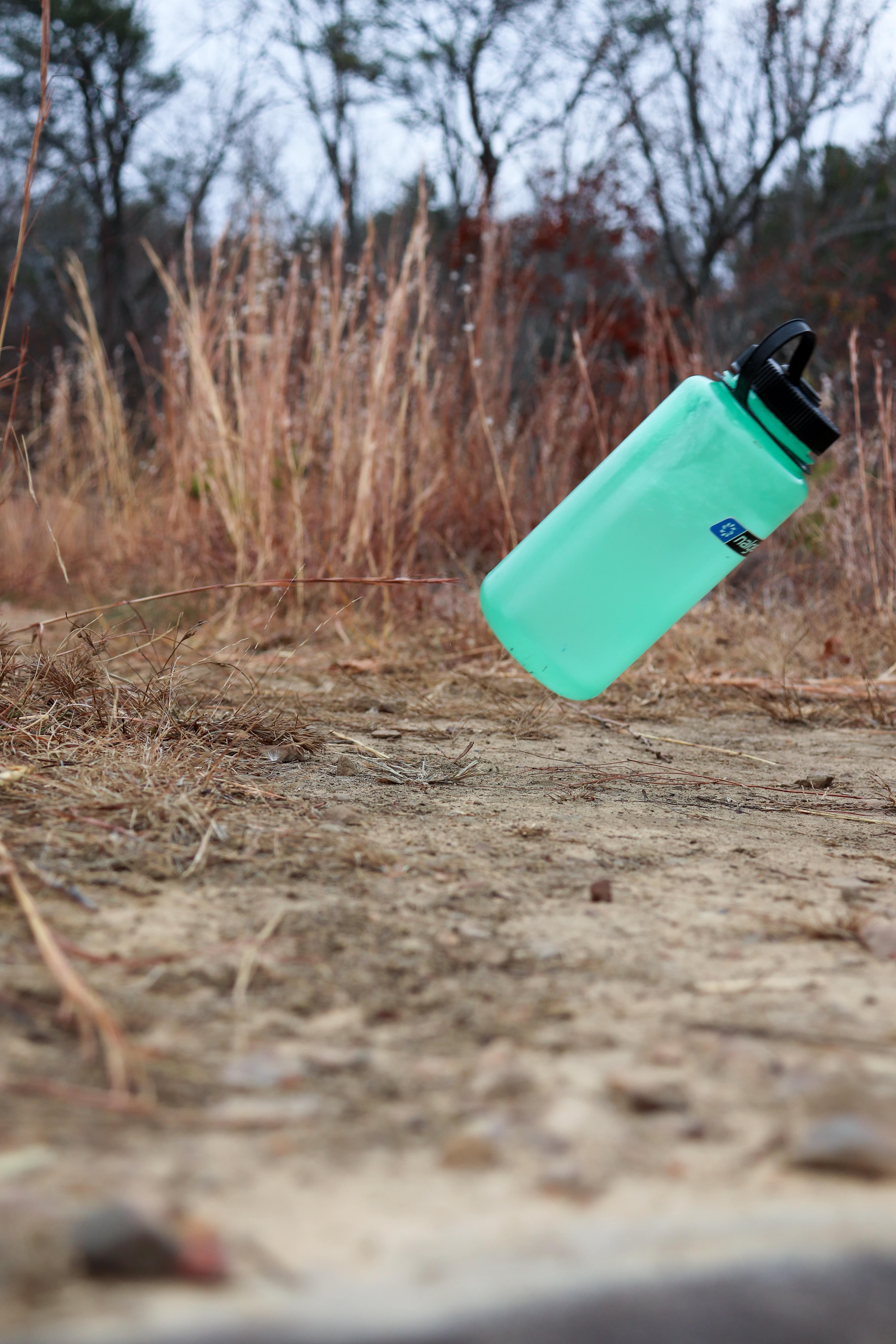
The Best Hiking Snacks
You can’t have a good hike without some great hiking snacks. Now, this is obviously all up to preference and dietary needs. But to get you started, here are some of my favorites.
Fruit and Veggie Hiking Snacks
I love Kencko for getting a healthy dose of fruit and veggies. Not only is Kencko great for just the day-to-day, they also make the perfect hiking snacks. You can make one of their shakeable smoothies on the go. Just pack your Kencko bottle (you’ll get one with your subscription purchase) and fill it with water, add your smoothie packet, shake, and voila, you have a refreshing smoothie that’s full of all the goodness you need. Seriously, they’re just freeze dried fruits and veggies, no added sugars or sugar substitutes, only the good stuff. And if you’re looking for something not in liquid form, check out Kencko’s gumdrops. They’re also made with no added sweeteners so it’s basically the same thing as the smoothie, just in a different format.
Use my code KKCHATT at checkout to get 15% off your entire purchase at Kencko!

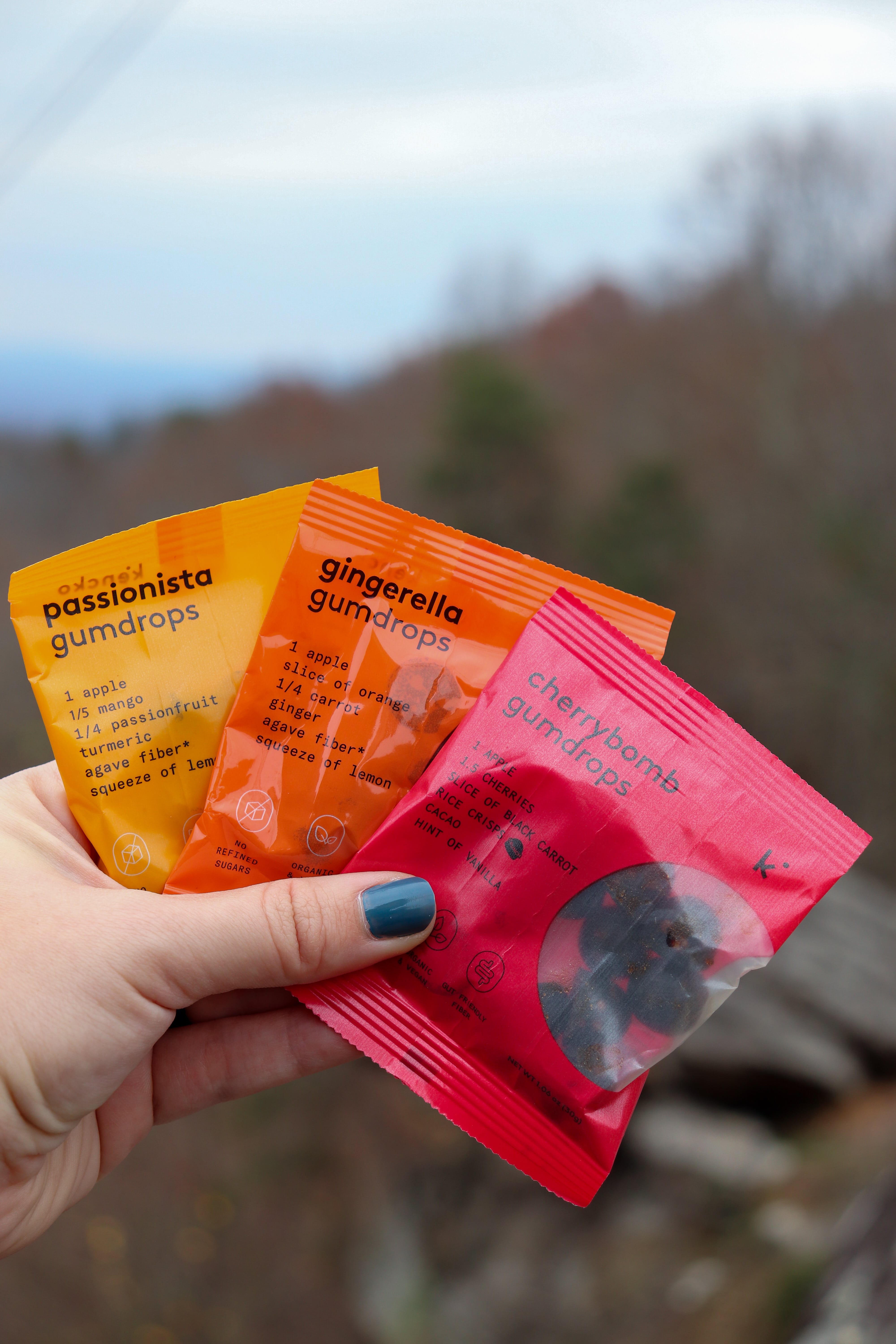
Carb Snacks
The fuel you’ll need for your hike is carbs, at least that’s how it is for most people. I love to stock up on my favorite carb snacks like granola bars, fig bars, and anything sweet that’s packable. But sometimes these carb snacks can be too dry for when you’re sweating and thirsty. So, one of my favorite hacks is to get the crunchy Nature Valley granola bars and use them as a spoon for a cup of applesauce. These two pair so well together (especially the cinnamon flavor granola bars) and the applesauce adds that refreshment that you need to keep it from being too dry.
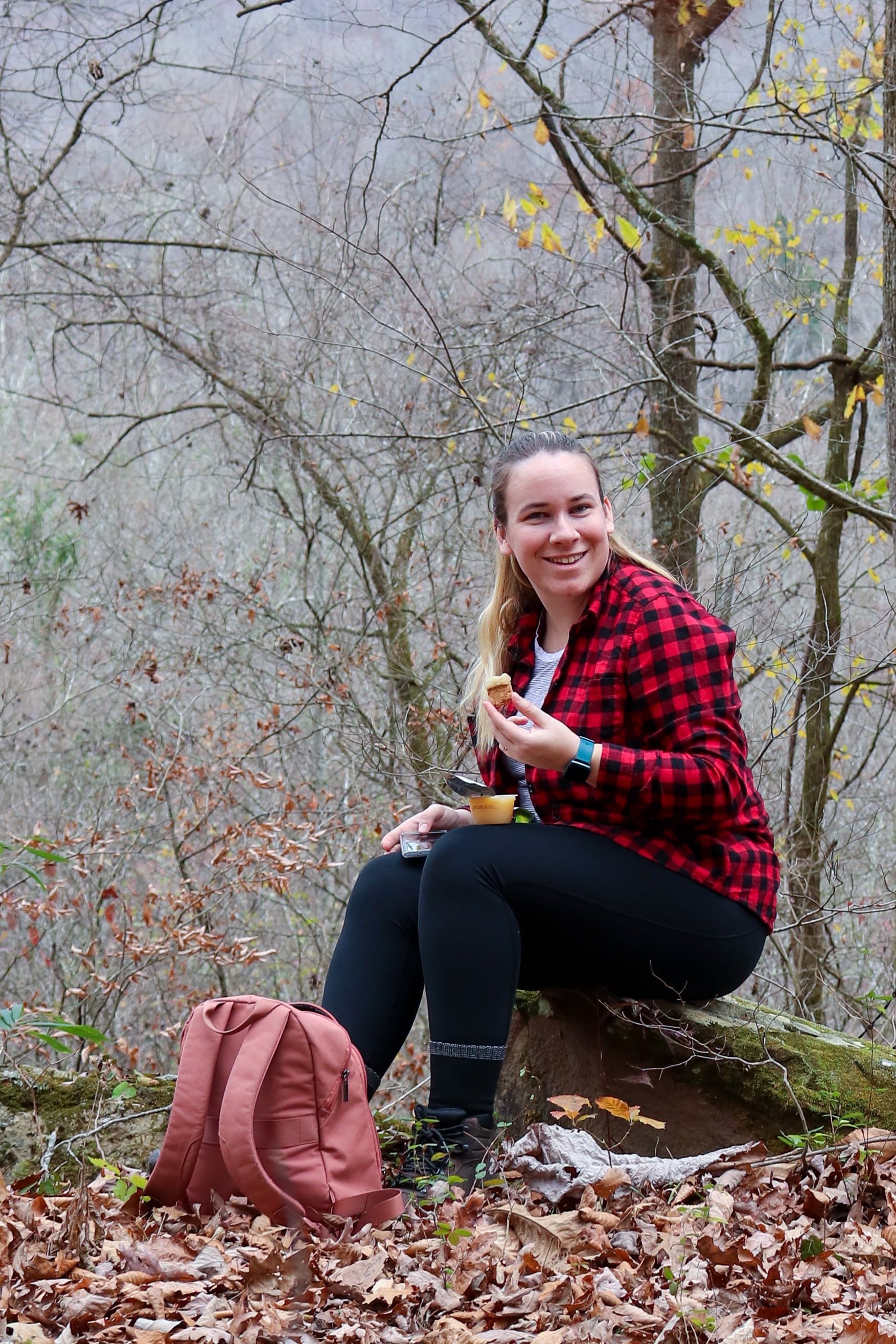
Protein Snacks
The energy to keep you going is protein. I love to pack trail mix, nuts, and meats. I make my own trail mix by purchasing bulk bags of each ingredient I want, such as pecans, almonds, and craisins. Be mindful of chocolate though. It’ll melt and make a terrible mess if it’s warm outside. Currently my favorite dried meats are these Mighty Spark Chicken Snack Sticks (especially the Honey & Jalapeño flavor). The ingredients are clean and they have a long shelf life. If it’s cooler outside and you plan to eat within the first few hours of your hike, I also suggest packing a little baggy of salami and pepperoni. Even though these meats should stay refrigerated, they’ll be fine on trail as long as you eat them early on so they don’t stay warm for too long.
Hiking First Aid Kit
In case of emergency, it’s wise to carry a small first aid kit with you on a hike. Personally, I have not needed to use mine yet, but it’s only a matter of time. Or, maybe I haven’t needed it simply because I have it. (Like bringing an umbrella so it doesn’t rain.) Either way, I think it’s important to have a first aid kit with you just in case. A simple one like this first aid kit should suffice for most of your hiking first aid needs.
Personal Protection for Hiking
Alright, I didn’t know how to title this subsection and it shows. Anyways, the personal protection I’m referring to is bug repellent and sunscreen. (Please tell me it makes sense now.)
Bug Repellent
I searched for a natural bug repellent for a while and finally my friend found the perfect recipe. This is one you can make yourself and rest assured that the mosquitoes and ticks will stay clear of you. Just purchase a small spray bottle or roll-on tube. Then mix ¾ parts witch hazel with ¼ part essential oils. These essential oils include citronella, cedar, tea tree, and eucalyptus. You can make this in a small bowl and use a funnel to fill the containers or add the ingredients directly in the container and shake to mix. This is a great way to avoid the deadly chemicals found in most store-bought repellents (trust me, I need the kind with DEET in it for bug spray to even work for me), and know exactly what you’re putting on your body. As long as you’re in motion, this bug repellant works excellently! (If you’re sitting for a while, it might not work as well if you’re a mosquito magnet like me.) Overall, it’s still my go-to bug repellant for hiking.
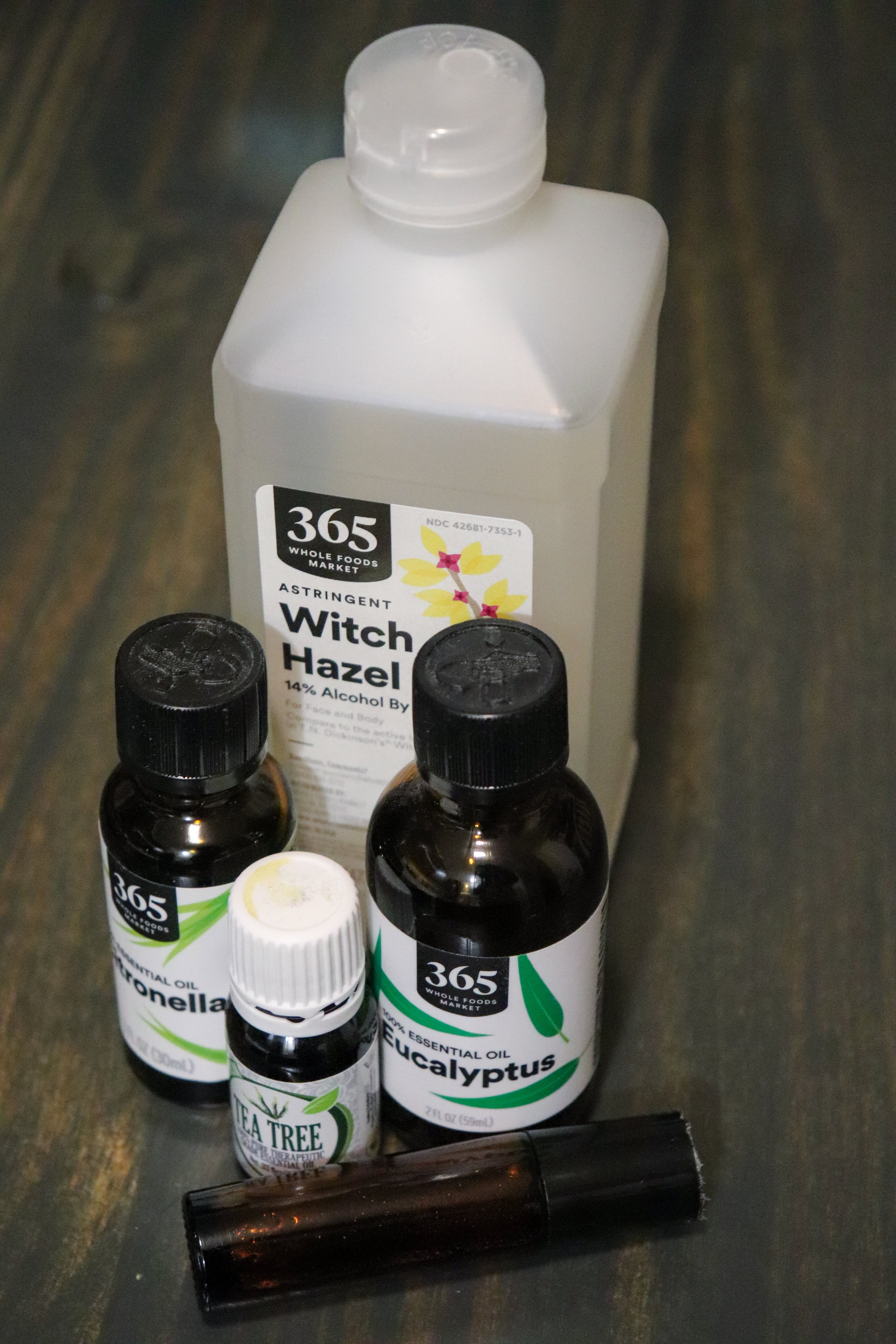
Sunscreen
As for sunscreen, I prefer to purchase the most natural ones I can find, like Blue Lizard Sunscreen. But again, this is all just personal preference and you’ll have to find what works best for you. Typically, your hikes will be shaded. But if you’re hiking to overlooks or blue holes (bodies of water, usually at the base of a waterfall), you’ll be exposed to the sun more directly. So, it’s wise to protect your skin from the sun’s UV radiation.
Prepare for Rain When Hiking
Remember that umbrella reference I made a minute ago? Well, here we are again. Rain may not be in the forecast (please always check the weather before you go for a hike), but depending on where you’re hiking, the weather may be unpredictable and still surprise you with a shower. I suggest always packing some light rain gear just in case. I like to pack something like this travel towel. It’s light, small, and will do the job of drying off your face, your stuff, anything that might need a quick dry after the storm has passed. And it works well if you decide to go for a little swim on your hike too.
A rain jacket is another necessity. If you’re on a tight budget and want something cheap and light, I suggest getting a Columbia Splash a Little II Rain Jacket. I recently purchased this jacket and unfortunately (or maybe fortunately?), it hasn’t rained on one of my hikes since then. So I’ve yet to try this jacket to see how it fares, but when I do, I’ll update this post and let you know. I upgraded to this jacket from one that was half the price and honestly not worth the trouble. Keep yourself dry and get either this jacket or something better.
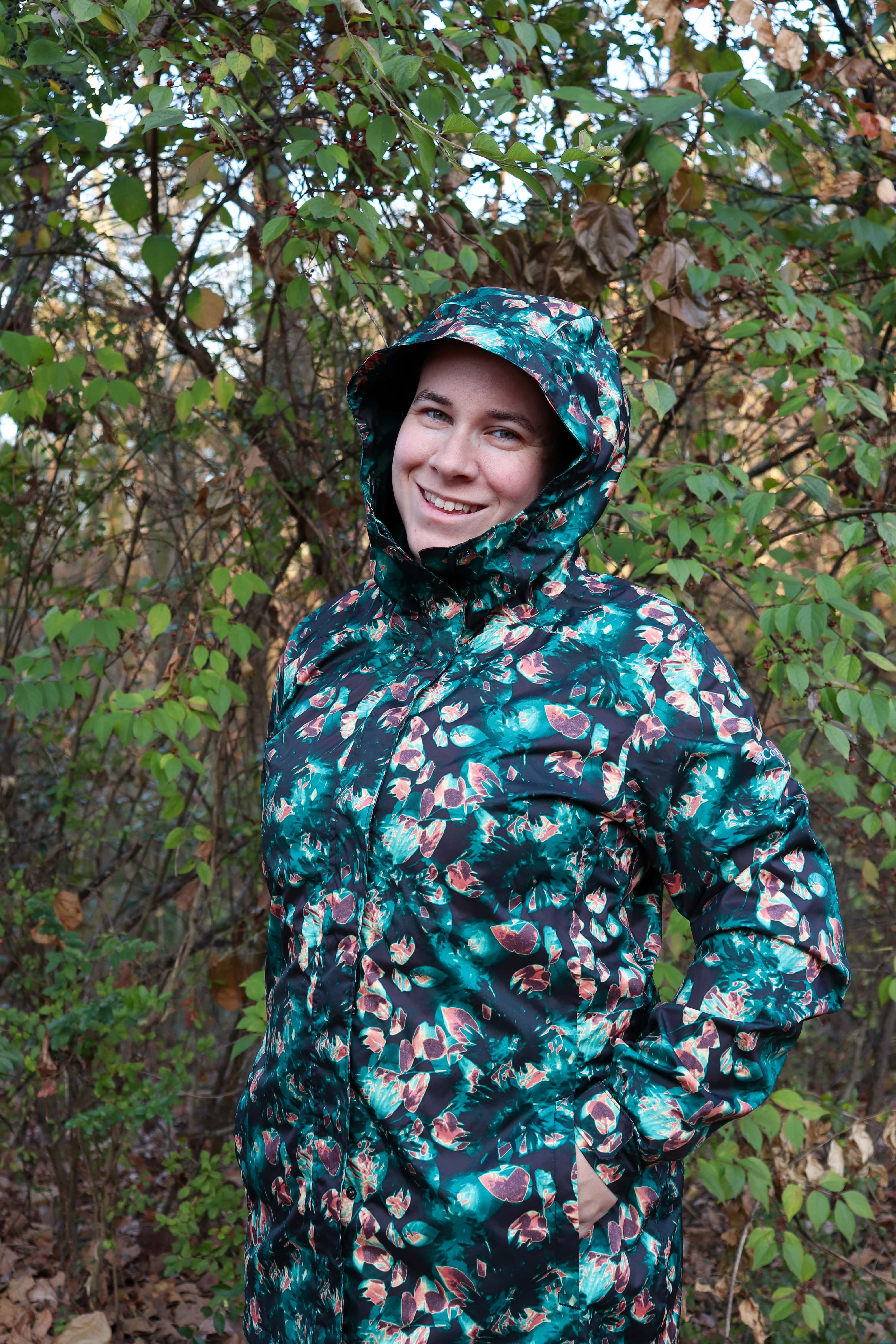

Bring Your Cell Phone and a Power Bank
I know this is a pretty obvious one, don’t forget your phone, but I know I’ve definitely forgotten my phone when going places. (Please tell me I’m not the only one!) Along with your phone, it would be wise to do a little trail research before you go out. Make sure you know how to get to the trailhead, download trail maps in case you get lost, make sure the weather is good, and tell a friend or family member your plans. (Also don’t hike alone if you can help it. There’s safety in numbers.) And be mindful that where you hike may not have cell service. If you’re concerned about not having service and still want to have a way to call for help, should an emergency arise, consider investing in a satellite phone. I personally do not have one, but I know plenty of people who have the Garmin inReach Mini 2 and love it.
Make sure you charge your phone beforehand. If you plan to take video and photos with your phone and will be out on the trail all day, your battery might get low. I suggest packing a power bank just in case this is an issue. Whether you need it or not will depend on the type of phone you have, the battery condition, and how much you actually use it on the hike. In some cases, you may not need the extra juice, but it’s good to pack just in case.

Need an essential hiking gear checklist?
Get my FREE Hiking Checklist and never forget to pack something for a hike again!
How to Dress for a Hike
So you’ve packed your day pack, now it’s time to pack you! Alright, I mean, packing your day pack is just as important as making sure you are set and ready for the hike too. What you wear can make or break your entire hiking experience.
The Best Hiking Shoes
Hiking boots. That’s the first thing that comes to mind, right? Depending on the terrain, most experienced hikers will suggest you invest in trail runners instead. Personally, I agree with this. Boots are heavy and bulky, but trail runners are just like your everyday walking shoes fitted with offroad tires. They’re flexible, yet supportive and the soles have deep tread that keep you planted on the trail so you don’t slip and fall.
Trail Runners
There’s lots of trail runners to choose from, but I personally being a fan of Allbirds actually love their trail runners. They designed them using the feedback they received from hikers and just like their other shoes, they’re sustainably made (respecting nature) and machine washable. These have been my go-to hiking shoes for the last year and I haven’t looked for anything else. My favorite part is the tread. These are some of the grippiest trail runners I’ve ever tried. I’m not afraid of slipping in these. And as you know, I’m clumsy, so that’s saying something.
Get a FREE pair of socks with any purchase when you shop my Allbirds link (excluded underwear/socks; must add socks to cart and discount will be applied at checkout)
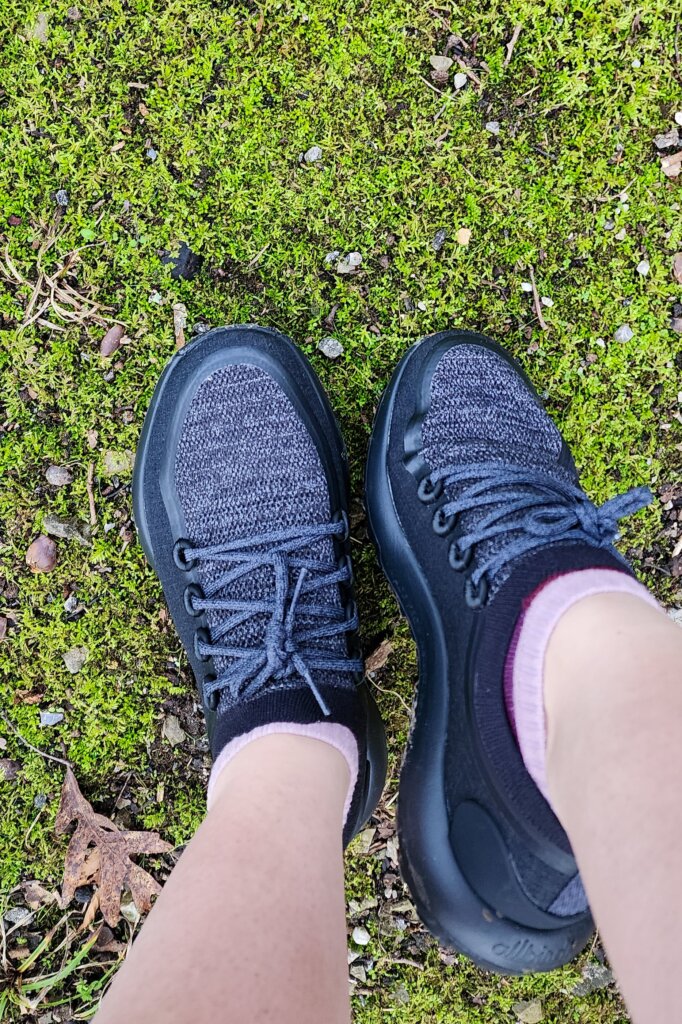
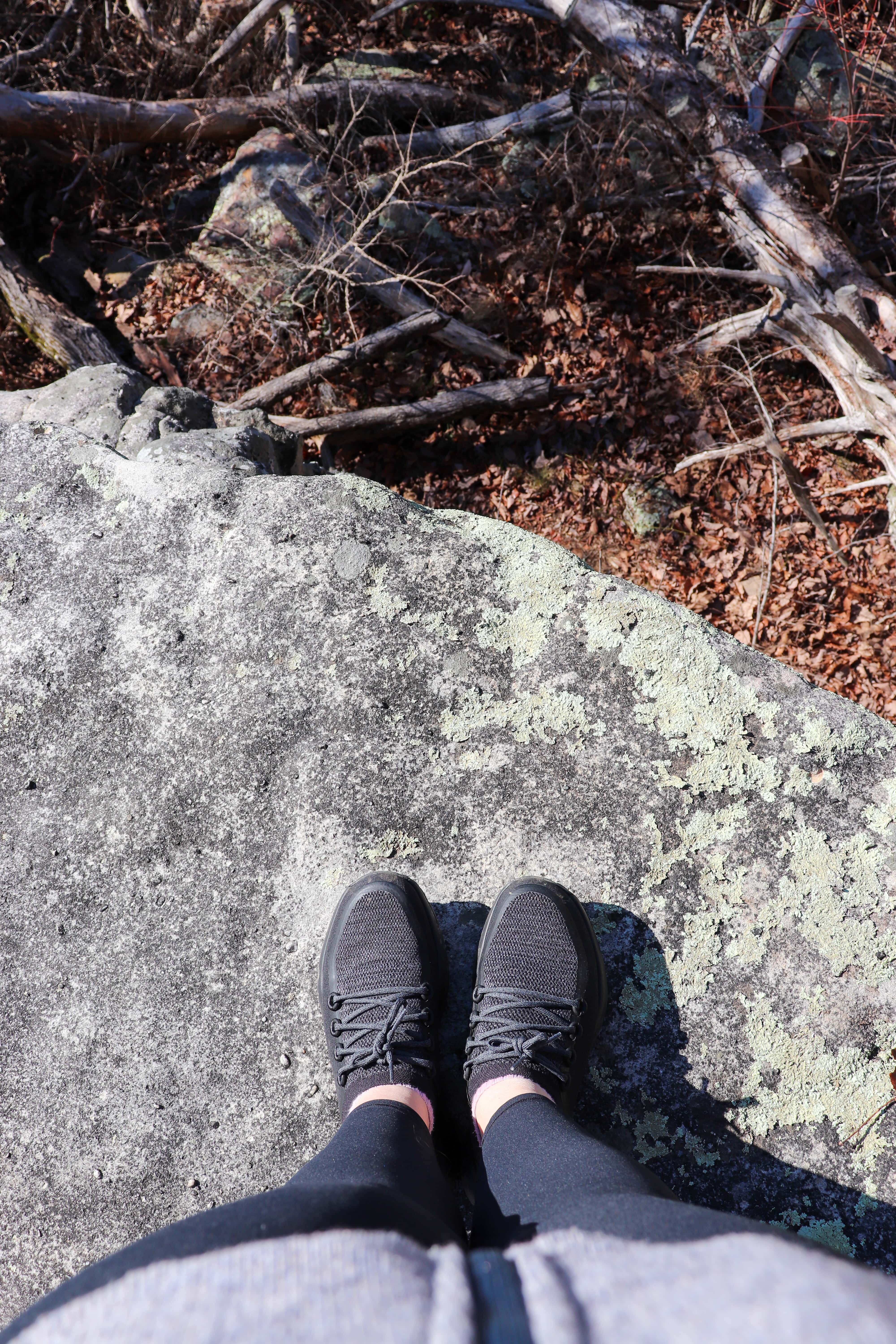
Hiking Boots
If you prefer a strong ankle support and really want to try hiking boots instead, I can suggest the budget-friendly Columbia Newton Ridge Hiking Boots. Before I bought my trail runners, I used these for a few years. They’re not the lightest shoe, but they’re sturdy and grippy enough. For the price, they’re worth trying out if you’re still on the fence about whether to get hiking boots or not. But later down the road, if you decide to commit to the hiking boot, you’ll probably want to upgrade to a lighter, better quality boot which will be a bigger investment.
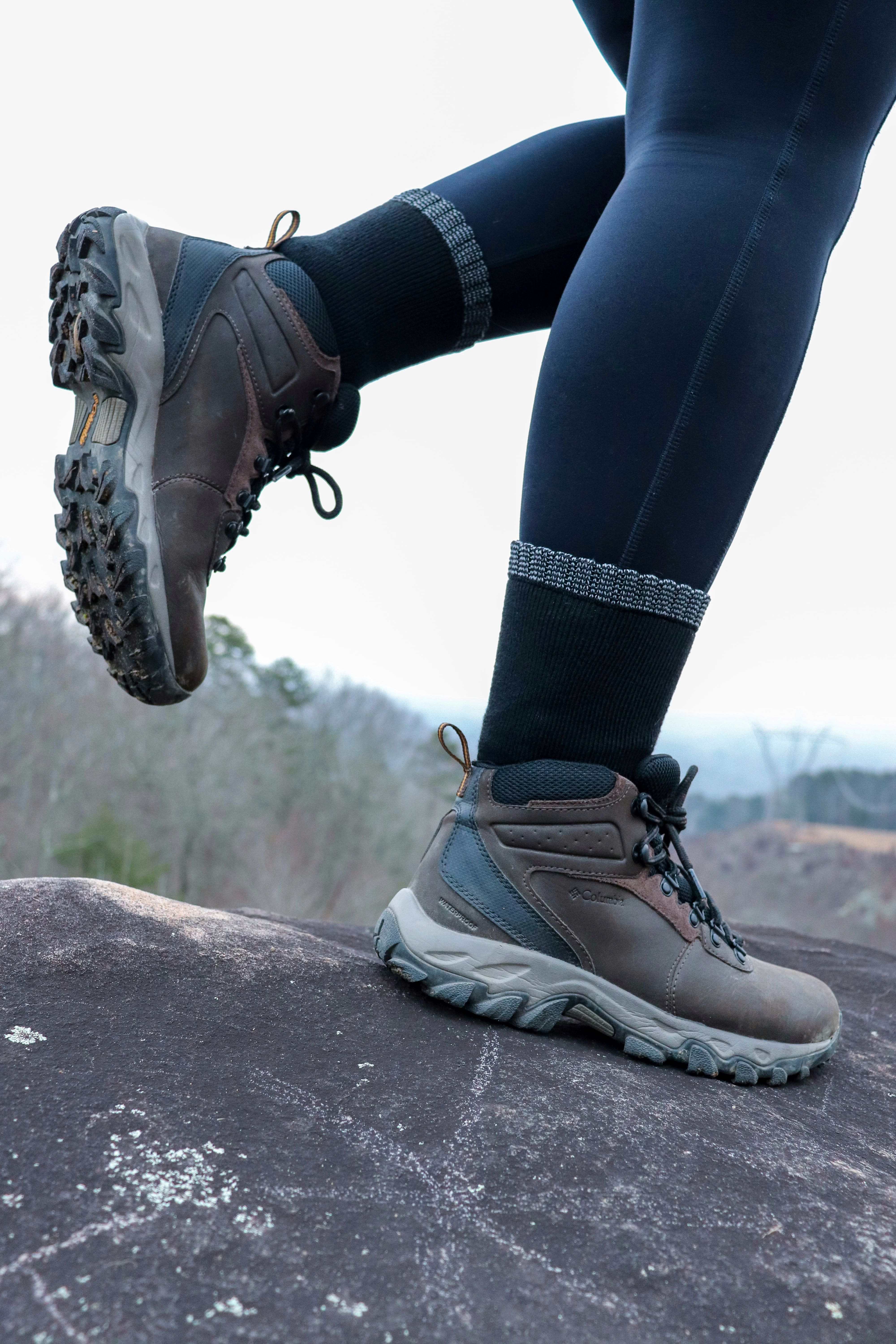
Hiking Socks
Lastly, socks. Having the right socks is actually just as important as having the right shoes. Socks that don’t do you any favors can actually ruin your hike, so don’t skimp on this piece. The experts will tell you to get wool socks. Most of my friends have and suggest Darn Tough Hiking Socks. Personally, I have yet to invest in this part of my hiking gear so I can’t speak to which brands are better. But, I do have some cheaper Columbia Crew Hiking Socks and can say that they do the job so-so. I mean, they’re a polyester/cotton blend so they are not the most moisture wicking, they take forever to dry out, and they can be a little rough on your feet after a long hike. I still use them all the time, but if your feet are picky, I believe investing in some higher quality wool socks is the way to go.
The Best Hiking Clothes
If you’ve been following me on Instagram, you know I love Stio clothing. Their entire line is dedicated to the outdoors (yes, sustainably made too) and their high quality pieces always exceed my performance expectations. (And I’m picky so that says a lot!) I’ve been wearing Stio to hike for over a year now and their pieces are still my go-to. The Pinedale Pants are my favorite hiking pants. (Also they’re scratch resistant, truly, I’ve tested it!) And I love their Divide Scoop Neck Long Sleeve Shirt or Basis Power Wool Long Sleeve Shirt for cooler hikes. The Crester Trail Tank and Crester Trail Tee are my go-to for warmer days. The Sweetwater Fleece Jacket has been a hiking essential for me since day one. (Just note, this thing is NOT windproof.) Whatever your preference is for hiking attire, Stio has you covered.
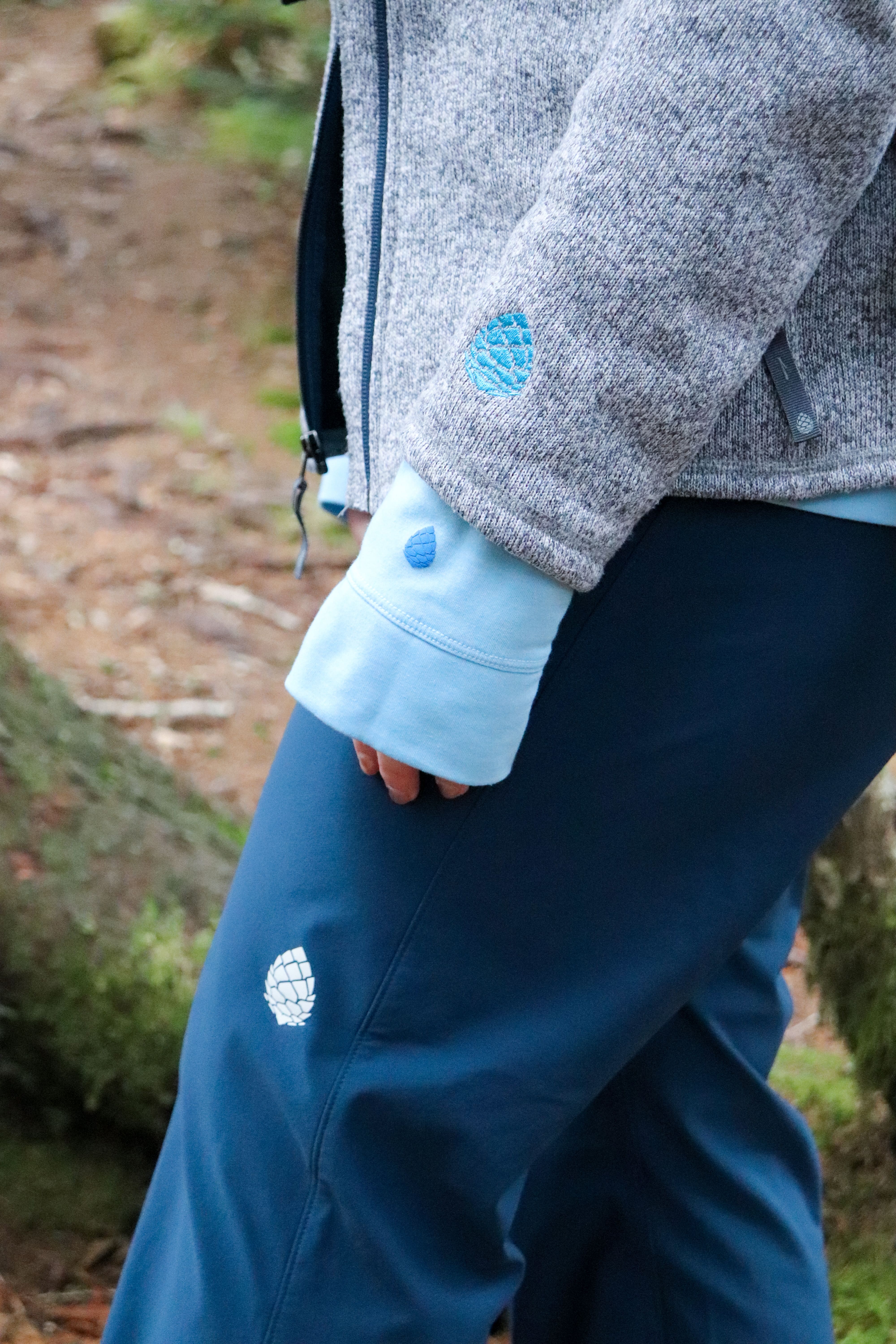

Always Take Trekking Poles
Now, I know you don’t exactly “wear” trekking poles, but you definitely don’t keep them in your backpack either. It’s an easily forgotten or overlooked item that is high priority on my hiking gear necessities list. You’ll see tons of people without trekking poles and you’ll feel like an old person using a cane, but trust me, you won’t regret having these tools. Not only will your knees thank you, there’s other benefits to them too. For example, you can use them as a probing stick to test a creek crossing or use them as a prop for a tarp when camping. (Sorry, that’s a little off-topic but it’s happened before. Watch this YouTube video to see.) You may internally feel like people are judging you while you hike with these, but honestly, I’ve received more verbal approvals than anything. Usually, people will voice their jealousy of your trekking poles mid-hike because they realize how beneficial it would have been to have them on this hike too.
There’s lots of options for trekking poles and you can really invest in high quality, lightweight ones (like carbon fiber) or you can go the budget route and get something like I have. These Cascade Mountain Tech Trekking Poles are affordable, and I’ve used them for a couple of years now and they haven’t let me down. But as with all trekking poles, it’s wise to test them every once in a while. Periodically push your weight on them at home to make sure they’re still sturdy. Better to find a flaw in the system at home than to trust your life with them on trail and have them buckle under the pressure. Another tip for longevity is to keep them at your desired height. (This will be when your arms form a 90° angle at the elbow while holding them standing straight up.) The more you fully collapse and re-adjust, the quicker they will wear out and no longer hold the selected position.



Need an essential hiking gear checklist?
Get my FREE Hiking Checklist and never forget to pack something for a hike again!
How to Pack for a Hike: Your Vehicle
This is an easy one to overlook. You’ve packed your bag, yourself (I mean you dressed the part), and now it’s time to make sure your transportation is prepared too. (And no, we’re not driving down the hiking trail. That would defeat the purpose and would no longer be considered hiking, but rather off-roading.)
Prepare Your Vehicle
Even though your vehicle will not be joining you on the hike, it will still play a key role in your hiking experience. Getting you to the trailhead and getting you home. That being said, plan ahead and make sure your vehicle is prepared for the task at hand. Make sure the gas is topped off the night before. This will save you time on your trip to the hiking location. Make sure all your vehicle maintenance is up to date. Preventative vehicle maintenance will ensure you make it seamlessly to and from your hiking adventure. A lot of hiking trails are away from cell service, in the middle of nowhere, and simply not in an area you want to break down because help might be hard to come by. Also, be sure to diligently research and make sure your vehicle is capable of reaching the trailhead. Some trails require a vehicle suited for off-roading just to get to them. I like to read the comments on All Trails or reviews on Google when trying a new hike to get a good idea of the landscape in case it seems uncertain.
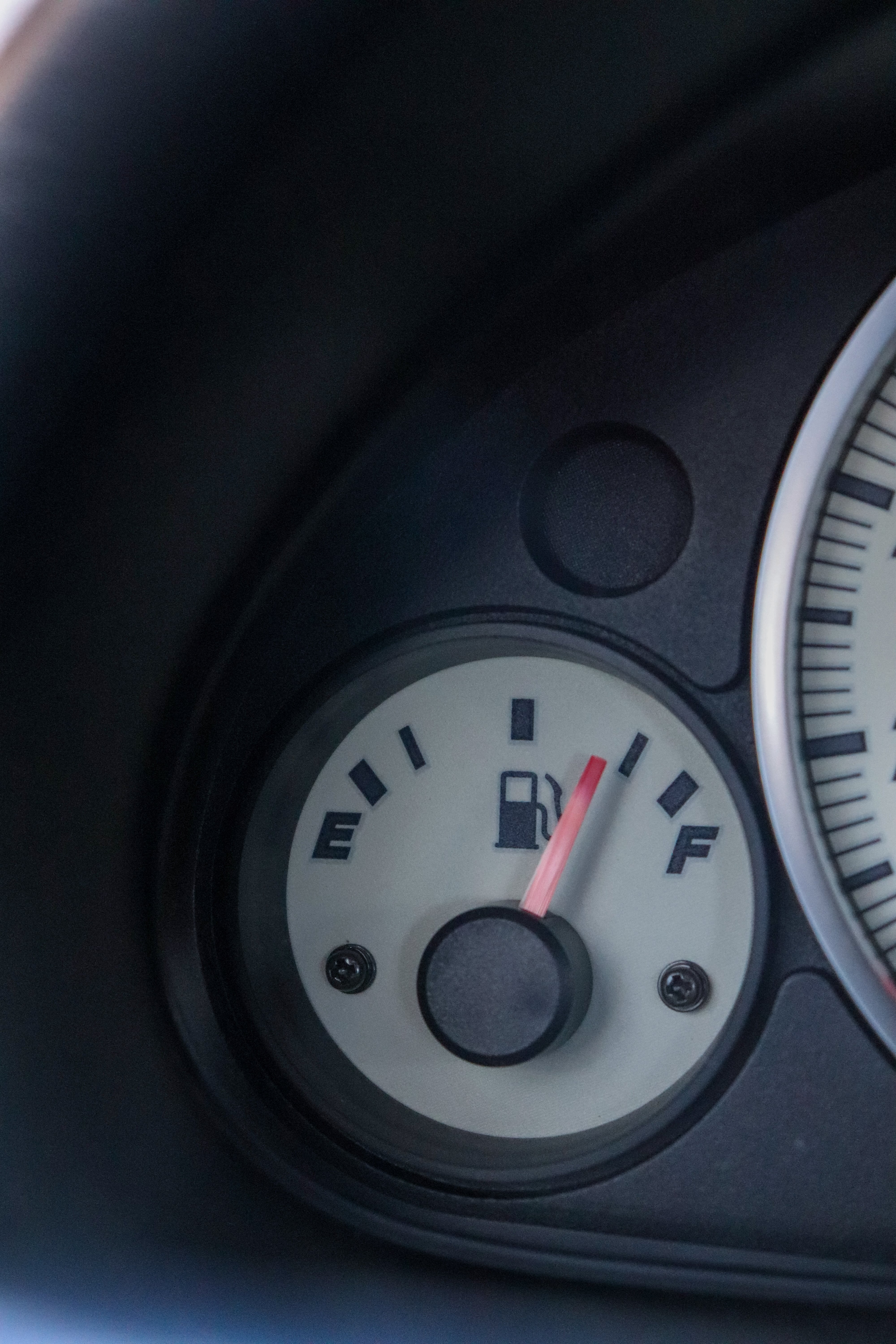
Pack Your Vehicle
Now that the vehicle itself is ready to go, make sure you remember to pack it as well. Keep a phone charger ready to go in case you need to top off your battery on the way there or charge back up on the way home (especially if you don’t bring a power bank).
Pack extras. I’m talking extra clothes to change into after your hike in case you get drenched or filthy. An extra towel in case you’re soaked. Extra snacks and water in case you’re famished and dehydrated because you already consumed what was in your day pack. These are the things I always have in my car before a hike just in case. Hiking is an adventure and you never know what you’ll run into.
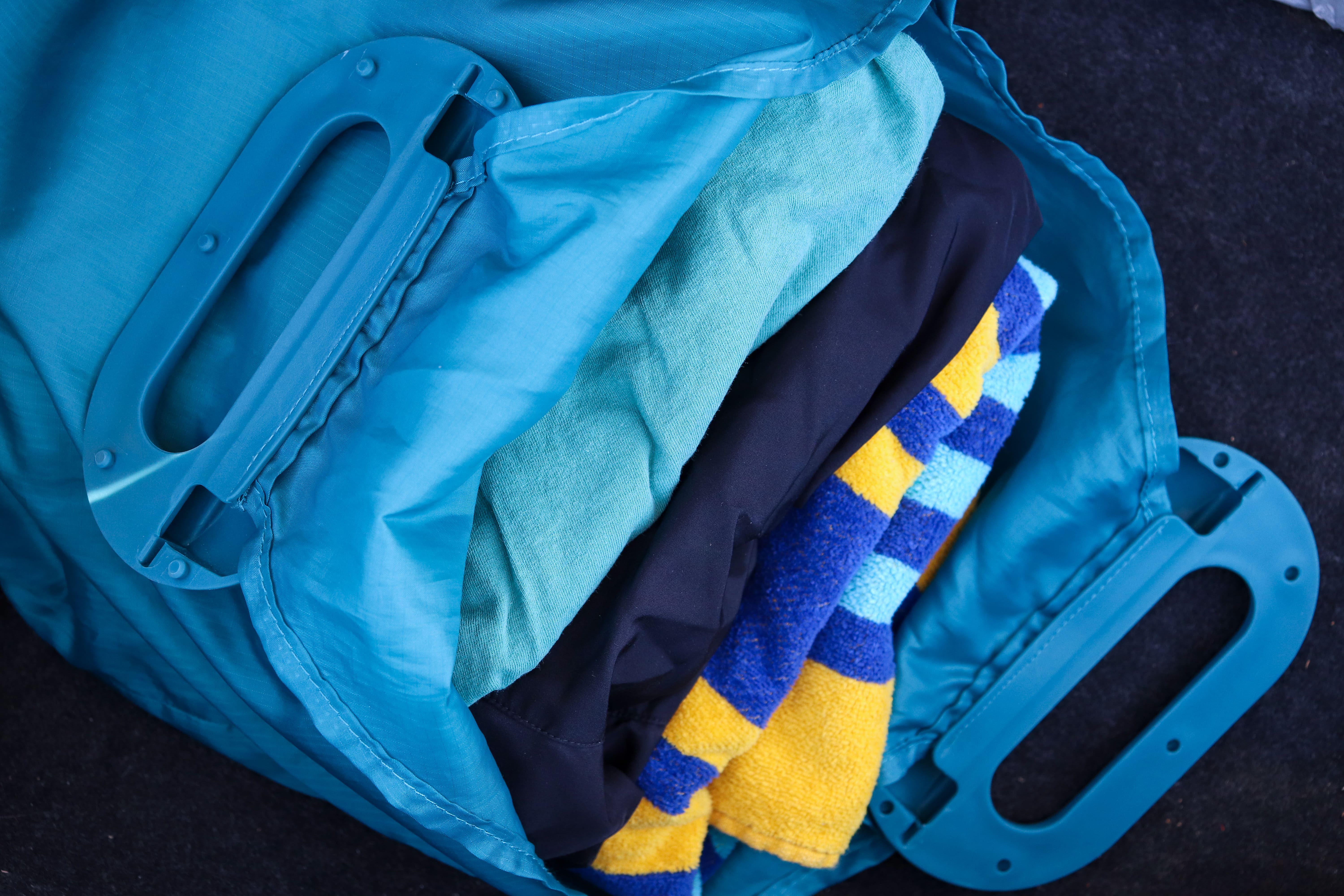
Essential Hiking Gear Checklist
Alright, that was a lot! I know it can be a bit overwhelming and if you’re worried you’ll forget something, I’ve got just the thing you need. My FREE hiking checklist! This checklist is great to keep handy for any day hike you plan to take. It will help you make sure you’re prepared and don’t forget to pack anything. There’s even space for you to add your own specialty items you may want to always bring hiking.
Hiking Essentials Links
Here’s basically a shopping list for you of all the hiking gear essentials mentioned in this blog post:
Day Pack and Water:
- Day Pack -Osprey Sirrus 24
- Water Reservoir -Osprey 3 Liter Hydraulics
- Water Reservoir Cleaning Kit -Tagvo
- Water Bottle -Nalgene
Snacks:
- Snacks -Kencko (don’t forget code KKCHATT for 15% off at checkout!)
- Snacks -Nature Valley Granola Bars
- Snacks -Chicken Snack Sticks
Personal Protection:
- First Aid Kit
- Small Spray Bottle -for bug repellent recipe
- Small Roll-On Tube -for bug repellent recipe
- Witch Hazel -for bug repellent recipe
- Citronella Oil -for bug repellent recipe
- Cedar Oil -for bug repellent recipe
- Tea Tree Oil -for bug repellent recipe
- Eucalyptus Oil -for bug repellent recipe
- Sunscreen -Blue Lizard
Rain Gear:
Phone and Charger:
Hiking Shoes:
- Trail Runners -Allbirds
- Hiking Boots -Columbia Newton Ridge
- Cheap Hiking Socks -Columbia
- Better Hiking Socks -Darn Tough
Hiking Clothes:
- Hiking Pants -Stio
- Hiking Long Sleeve Wool -Stio
- Hiking Long Sleeve Cotton -Stio
- Hiking Tank Top -Stio
- Hiking Tee Shirt -Stio
- Hiking Fleece Jacket -Stio
Trekking Poles:

Need an essential hiking gear checklist?
Get my FREE Hiking Checklist and never forget to pack something for a hike again!
Where to Hike in Chattanooga
Now you’re ready to hike! If you’re looking for some great beginner hikes in Chattanooga, check out my Beginner Chattanooga Hikes blog post. And if you’re ready to really commit to exploring some Chattanooga area trails but need a little help with the planning, definitely check out my Hiking Guidebook.
Conclusion
It’s important to thoroughly pack for a hike to be certain you’re prepared, comfortable, and can truly enjoy your time on trail. Please use this resource to create your perfect collection of hiking gear essentials. And don’t forget to get your copy of my free hiking checklist so you never forget something for a hike! Let me know in the comments below if this guide helped you or if you have another essential that I didn’t list. I would love to know your thoughts. Until next time, enjoy exploring Chatt!

Detailed Hiking Guides to Try in Chattanooga:
Inspired? Pin this post for later:
